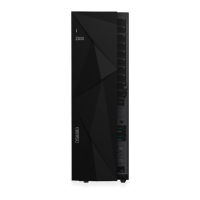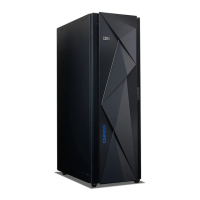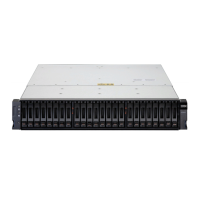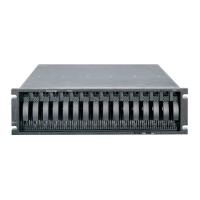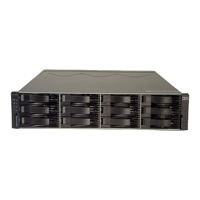To calculate the total physical capacity of a storage unit, multiply each disk drive
set feature by its total physical capacity and sum the values. For DS8000, a disk
drive set feature consists of 16 identical disk drives with the same capacity and
RPM.
The logical configuration of your storage affects the effective capacity of the disk
drive set.
Specifically, effective capacities vary depending on the following configurations:
v Data format
Physical capacity can be logically configured as fixed block (FB) or count key
data (CKD). Data accessed by open systems hosts or Linux on System z that
support Fibre Channel protocol must be logically configured as FB. Data
accessed by System z hosts with z/OS or z/VM must be configured as CKD.
v Array or rank configuration
The disk drive arrays on the system can be contained in RAID ranks and RAID
configurations. A rank can contain only one array.
Each RAID rank is divided into equal-sized segments known as extents. All extents
are approximately 1 GB. However, FB extents are slightly larger than CKD extents.
DS8000 series
DS8000 RAID capacities for RAID 5 arrays, Table 24 on page 104, and Table 25 on
page 105 describe the effective capacities for RAID arrays.
Table 23. DS8000 RAID capacities for RAID 5 arrays
Disk size and
Storage Unit
Total physical
capacity (GB) per
disk drive set
Fixed block (FB)
or count key
data (CKD)
Effective capacity in GB
(Number of Extents)
(See Notes 1 and 2)
Rank with RAID 5 array
6+P 7+P
146 GB (SAS)
DS8800
2336 FB 828.92
(772)
966.36
(900)
CKD 828.11
(865)
965.97
(1009)
300 GB (FC)
DS8700
4800 FB 1698.66
(1582)
1979.98
(1844)
CKD 1,695.48
(1771)
1977.90
(2066)
300 GB (SSD)
DS8800
4800 FB 1690.07
(1574)
1970.31
(1835)
CKD 1687.82
(1763)
1968.32
(2056)
400 GB (SSD)
DS8800
6400 FB 2311.76
(2153)
2695.09
(2510)
CKD 2309.14
(2412)
2692.09
(2812)
450 GB (FC)
DS8700
7200 FB 2549.06
(2374)
2972.11
(2768)
CKD 2545.61
(2659)
2968.76
(3101)
Chapter 4. Storage unit physical configuration 103
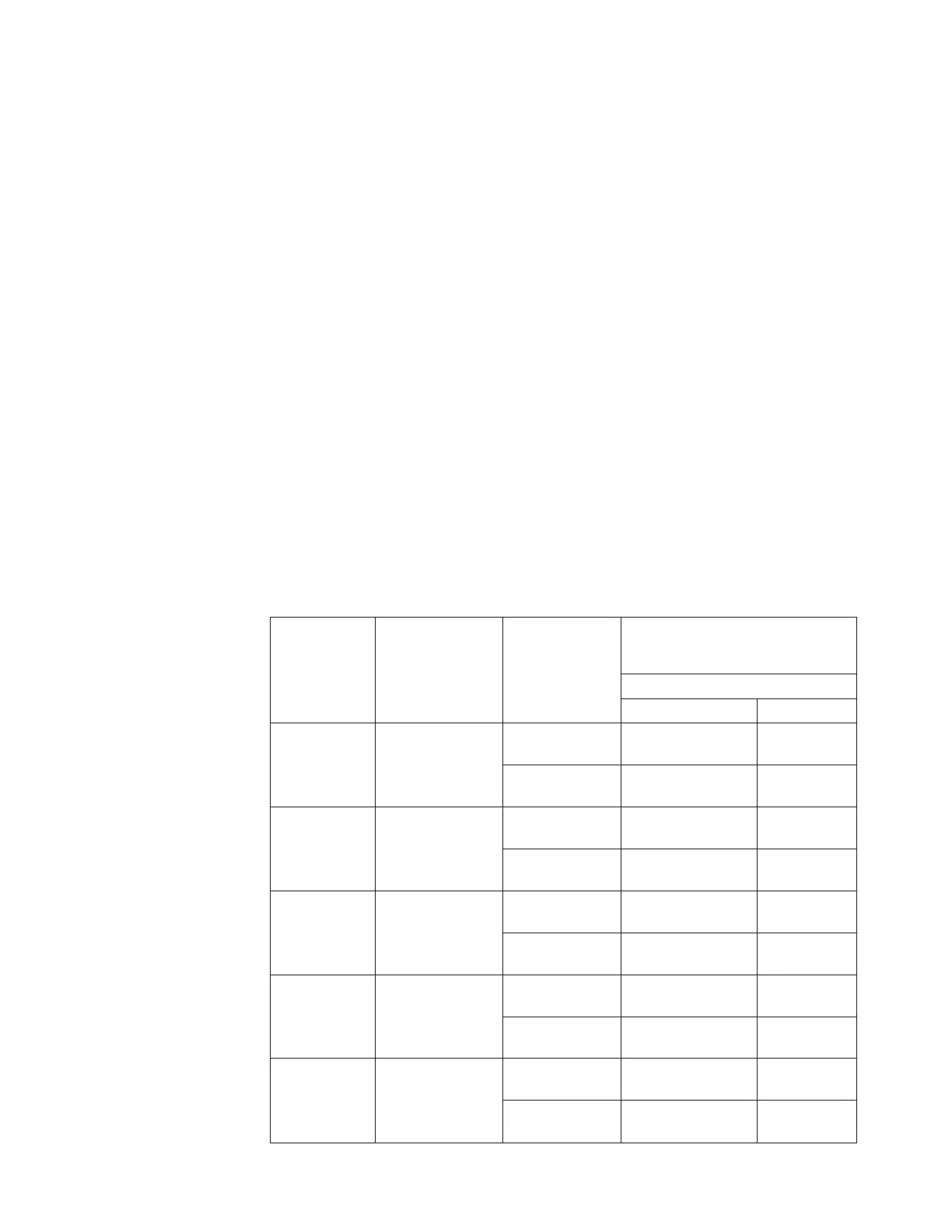